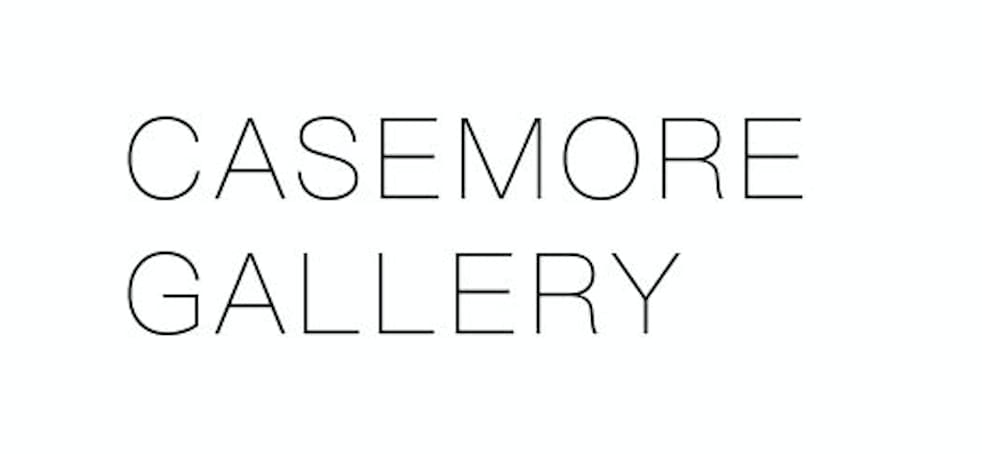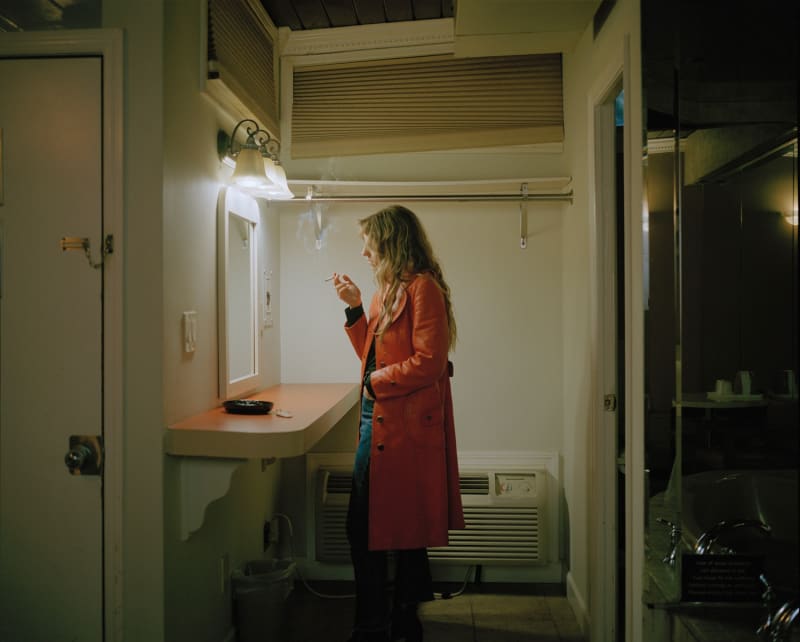Casemore Kirkeby is pleased to present Dispatcher, the 2021 Yale MFA Photography thesis exhibition to San Francisco, with a public opening on Saturday, July 31, 2021 from 12-5pm.
Working in mediums ranging from photography, collage, video, installation and text-based practice, the work in the exhibition reframes the definition of photography from a tool from which to create through, to an act of sublime material autonomy, beyond the limitation of the camera.
This unique version of the 2021 Yale MFA Photography exhibition, created for San Francisco, presents an emphasis on place and memory, on the evidence of being, on the markers of time and geographic place, while considering the material trace that exists apart and beyond the photographic document.
Mickey Aloisio is an artist living and working between Brooklyn, NY, and New Haven, CT. He graduated from the Fashion Institute of Technology in 2016 and received an MFA from the Yale School of Art in 2021.
Ronghui Chen is a Chinese photographer currently based in Shanghai and New Haven. His work focuses on different dimensions of China’s urbanization and industrialization. He has published two photobooks, Freezing Land, and Land of Ambitions, and exhibited both in China and internationally. He has won a number of awards including the World Press Photo; BarTur Photo Award; Three Shadows Photography Award & AlPA special prize and Hou Dengke Documentary Photography.
Tarah Douglas is an artist working in photography, sound, and video. Her practice is rooted in the allegorical dissection of identity, color, language, landscape, and the human condition. Douglas hold a BFA from the University of Michigan and a MFA in photography at the Yale School of Art. Douglas currently resides in New Haven, Connecticut.
Through heightened modes of observation, Jackie Furtado’s photographic and film work approach subjects slowly and methodically. Her process is intensely engaged with the act of looking and carries an awareness of the medium’s histories. As of late, durational processes have become most central, locating unlikely protagonists among her scenes. Details in her work reveal the remnants of one’s desires turned anxious. Aspirations in life, intimacy, and class, collapse to a reality held by false beliefs and siloed perspectives. Through the personification of architecture, space, and objects Furtado seeks to find the influence between her subjects and their settings.
Max Gavrich (b. San Francisco) is an artist, writer, and educator. His work addresses the relation between rituals of male bonding and the performative body. Through photographs, video, and installation, Gavrich explores the dichotomies of play and violence, force and care and the way that these energies come together, fall apart and eventually fail. His most recent work investigates the concepts of dissymmetry, chirality and “handedness” via the body and material objects.
Nabil Harb is a Palestinian American artist from Polk County, Florida.
“I was recently visiting my hometown and stopped to fill up my car with gas. I noticed a woman sitting outside the gas station drinking coffee and recognized her as my old ballet teacher. I sat down next to her and we caught up. She had been going blind in the decade since I last saw her. She had fallen out of love, started growing a garden, and found god. She had a small collection of freshly picked mushrooms next to her and handed me one, saying “mushrooms have no gender, did you know that?” (Dylan Hausthor)
Alex Nelson uses photography as a means to create elliptical associative narratives, stemming from personal histories to more distant incomplete archives or biographies. The lack that exists within these histories is the generative point of her work as a place to fill in. She is interested in interrogating the language of photography and using the camera as a means to mediate desire, memory and mythologies that exist within reality.
Annie Ling’s visual practice expands on a decade of image-based storytelling invested in intimate and subversive narratives to a deeper exploration of intersectional frameworks. Navigating interstitial and liminal spaces through experimental video works and immersive installations offers a means to interrogate the medium and the margins of our perceptions.
Rosemary Warren works across photography, video, installation and performance.

